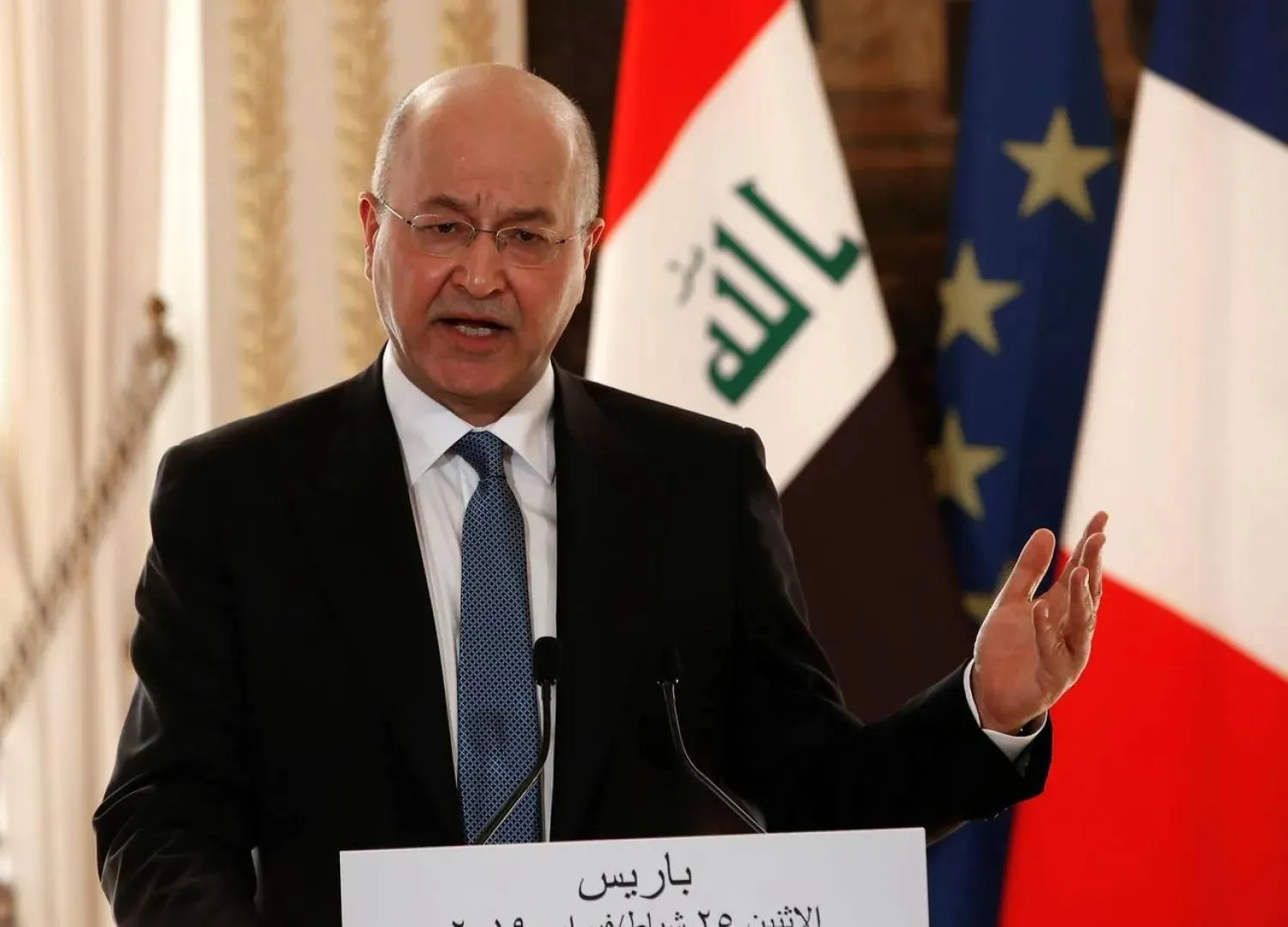Israel will not withdraw from a strategic corridor in the Gaza Strip as called for by the ceasefire, an official said Thursday. Israel’s refusal could spark a crisis with Hamas and key mediator Egypt at a sensitive moment for the fragile truce.
The official, speaking on condition of anonymity in line with regulations, said Israeli forces needed to remain in the so-called Philadelphi corridor, on the Gaza side of the border with Egypt, to prevent weapons smuggling.
The official spoke hours after Hamas released the remains of four hostages in exchange for over 600 Palestinian prisoners, the last planned swap of the ceasefire's first phase, which ends this weekend. Talks over the second and more difficult stage have yet to begin.
Israel was supposed to begin withdrawing from the Philadelphi corridor on Saturday, the last day of the first phase, and complete it within eight days.
Much could hinge on a visit by US President Donald Trump's Mideast envoy, Steve Witkoff, who is expected in the region in the coming days.
There was no immediate comment from Hamas or Egypt. But in a statement earlier on Thursday, the group said the only way for Israel to secure the release of dozens of hostages still held in Gaza was through negotiations and adhering to the ceasefire agreement.









